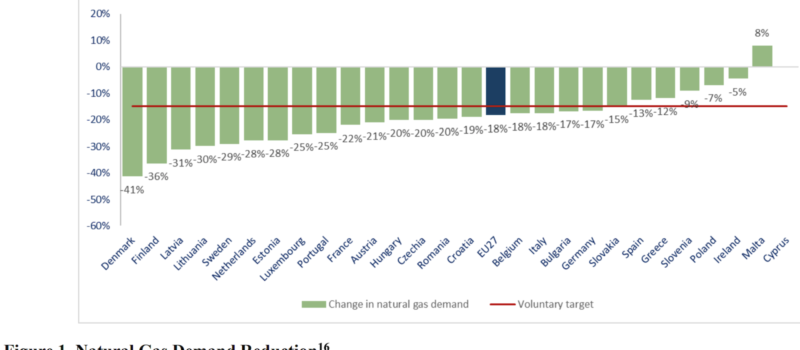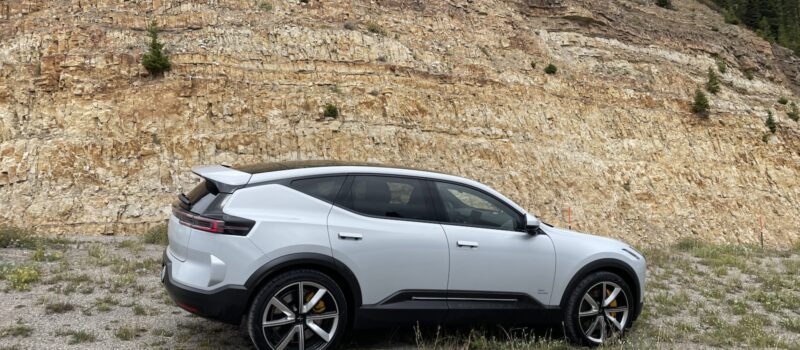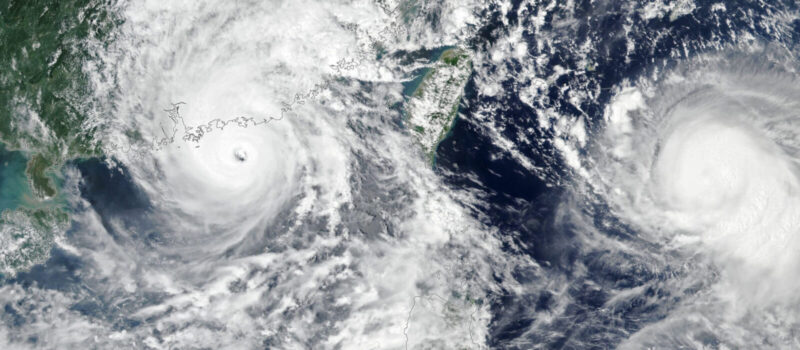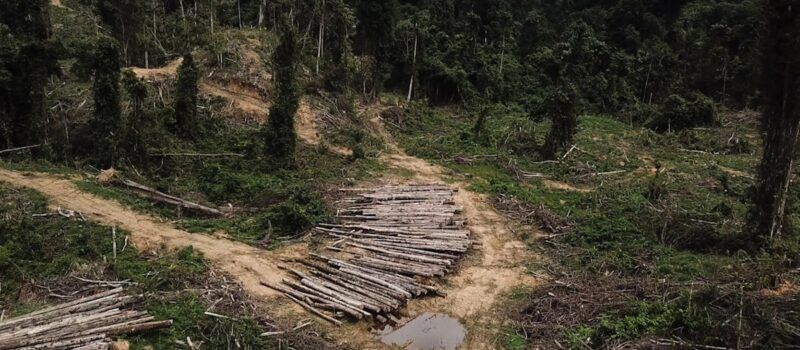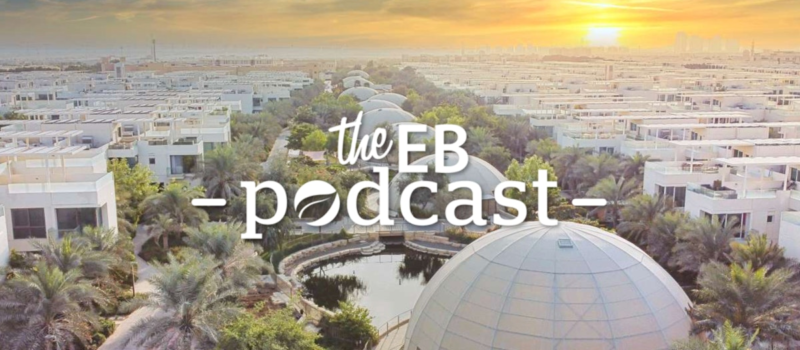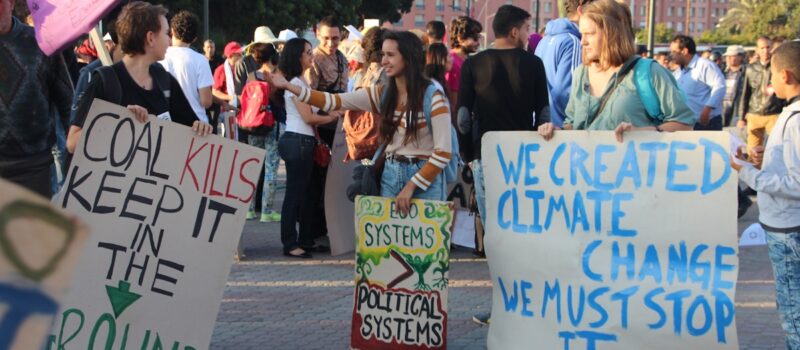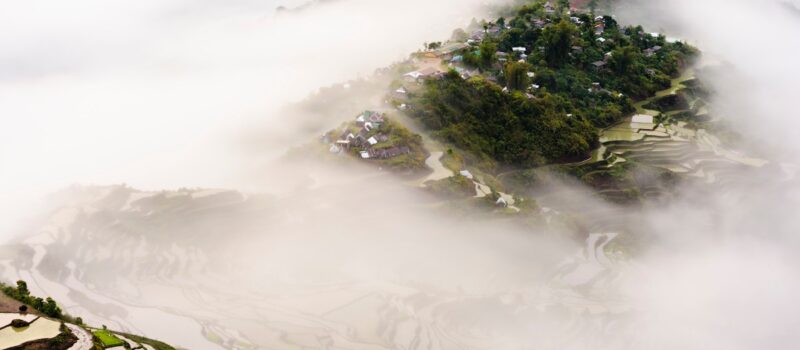The European Commission recently published its State of the Energy Union Report 2024. The Commission says that the report “describes how the EU has managed unprecedented challenges in the energy policy landscape during this Commission’s mandate, equi...
Last week, I got to drive the new Polestar 3 SUV about 85 miles through the mountains of Wyoming and Idaho, and I was mostly impressed with the car. Driving the Polestar 3, I was impressed by its luxury, performance, and tech. However, its efficiency...
I’ve seen this claim countless times, and I understand where it’s coming from, but I don’t believe it. I normally brush past it, but given that a top computer scientist known as the “Godfather of AI” just said it, and also given the enormous controve...
Supply Chain Report Tackles Hydropower’s Missing Links Solar panels and wind turbines get a lot of attention in the current conversation about renewable energy. Meanwhile, hydropower is quietly, consistently producing large amounts of clean energy—an...
One of the fiercest typhoons to hit the area of Zhanjiang, Guangdong, China, since 1949 was Super Typhoon Capricorn this month. In this wild weather, torrential winds and giant waves, what is the durability of floating solar panels? If you were antic...
A year-long investigation also found Indigenous rights violations in the Malaysian state. Malaysian and Indonesian officials recently blocked civil society representatives from participating in a key EUDR meeting in Brussels.
Eyes are on whether the city’s plan to build the world’s “greenest highway” will take off. The Eco-Business Podcast speaks to Marwa Nahlawi from Diamond Developers, the real estate developer behind Dubai’s “Sustainable City” brand....
Inspiring women are driving sustainable solutions and empowering communities, showcasing their potential to shape a more equitable and sustainable future.
The Philippine government has approved 99 hydropower projects in the mountainous Cordillera region, part of a broader plan to rely on renewable energy sources for 35 per cent of the country’s power by 2030.


